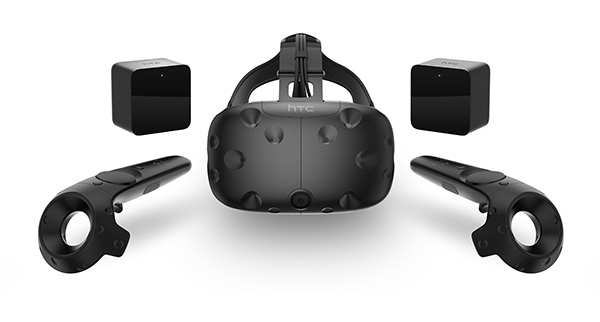At Mobile World Congress in Barcelona, HTC and Valve today announced the availability and prices of HTC in full version Lives for the consumer audience. The futuristic viewer for virtual reality also introduces a mode that the manufacturer defines hybrid between virtual reality and the "material". It's called Lives Phone Services, and allows you to receive and reply to incoming calls, view messages, send a quick response and control the agenda. All through the helmet.
In the new model the strap to the head has been redesigned to be more comfortable and stable, while the display is brighter than the model Lives Pre. Along with HTC Vive will be released two "experiences" dedicated: Job Simulator Owlchemy Labs that will experience the meaning of the word "work" in a world where robots have replaced humans in any production activities; and Fantastic Contraption, experience of game where you can wander around an island floating in the sky using the immersion guaranteed by virtual reality.
HTC and Valve does not speak exclusively of video games. The concept of virtual reality could also be expanded in various fields, from entertainment to sales, through design, healthcare and automotive. He commented Cher Wang, president and CEO of HTC. "Since the announcement of lives last year, we have worked tirelessly with Valve to offer the best VR experience in the market, we have won several awards and received praise from the media, by consumers and industry. With the consumer edition of lives we can finally realize our desire; take it in homes to try to reach people dive into a virtual reality that fires the imagination and radically change the way you see the world. "
But the most awaited news was related to the availability and price of HTC Lives for the public. The pre-orders of the Consumer Edition will start from February 29, while delivery and commercial availability is planned for 1 April. The price, however, will be $ 799 in the US market and probably slightly higher in the European market net of taxes and shipping costs.
It is a price certainly higher than Oculus Rift, which we believe still justified on the basis of the additional features available to the viewer HTC and Valve. If the former is more focused on the experience in video games, the second certainly gives the impression of greater immersion in the environment, for the most complete and realistic virtual experience.

Comments
Post a Comment